Choosing the Right Home Lot
Introduction
Selecting the perfect lot is the foundation of building your dream custom home. The right location not only enhances your quality of life but also impacts your home’s long-term value. From evaluating the land’s topography to considering future neighborhood developments, there are many factors to weigh before making a decision. Here’s a guide to help you choose the best lot for your custom home.
1. Location and Neighborhood
One of the most important factors in selecting a lot is its location. Your lot should align with your lifestyle and long-term goals. Key considerations include:
Proximity to essential amenities such as schools, shopping, healthcare, and entertainment.
Neighborhood safety and community vibe—research crime rates and visit at different times of the day.
Future development plans that could impact property value and livability.
A well-located lot ensures convenience, security, and a strong return on investment.
2. Lot Size and Shape
The size and shape of your lot determine the design possibilities for your custom home. Before purchasing a lot, consider:
The buildable area after setbacks and zoning restrictions.
Whether the shape supports your desired floor plan (e.g., a wide lot for a ranch-style home or a deep lot for a multi-story design).
Space for outdoor living features like a pool, garden, or patio.
A lot that complements your vision will make the design process smoother.
3. Topography and Soil Quality
Understanding the land’s topography and soil conditions is essential to avoid costly surprises during construction. Look for:
Flat or gently sloped terrain for easier construction and drainage.
Soil stability to ensure a solid foundation—conduct a soil test if needed.
Potential grading or excavation costs if the lot is on a steep incline.
Choosing a lot with favorable topography minimizes construction challenges and expenses.
4. Orientation and Sun Exposure
The direction your home faces impacts natural lighting, energy efficiency, and comfort. Consider:
A south-facing home for maximum sunlight throughout the day.
Shade availability to reduce cooling costs in warmer climates.
Outdoor space usability—do you prefer morning or afternoon sun for patios and decks?
Proper orientation enhances energy efficiency and livability.
5. Utility Access and Infrastructure
Confirm that essential utilities are available or can be connected affordably. Key utilities include:
Water and sewer connections—or the feasibility of installing a well and septic system.
Electricity, gas, and internet access to ensure modern living convenience.
Road access and maintenance—determine if roads are public or private.
Lack of utilities can lead to unexpected costs, so verifying these early is crucial.
6. Zoning and Building Regulations
Before purchasing a lot, research local zoning laws and building codes. Key factors include:
Minimum and maximum home size requirements.
Setback regulations that dictate how far the home must be from property lines.
Deed restrictions or HOA rules that may impact design choices.
Ensuring compliance with regulations helps prevent costly adjustments later.
7. Environmental and Weather Considerations
Assessing environmental factors can save you from future challenges. Check for:
Flood zones—review FEMA maps to determine flood risk.
Wind exposure and storm risks based on regional climate conditions.
Wildlife and protected areas that may restrict development.
Understanding these factors helps with long-term home sustainability and insurance costs.
8. Privacy and Noise Levels
Your lot’s surroundings impact privacy and tranquility. Consider:
Distance from neighbors—a larger lot or natural barriers like trees can enhance privacy.
Road noise and traffic levels—visit at different times to assess noise.
Future developments that may impact privacy (e.g., commercial buildings, highways).
A peaceful setting enhances overall enjoyment of your home.
9. Resale Value and Investment Potential
Even if you plan to stay long-term, thinking about resale value is wise. Factors that boost investment potential include:
Strong school districts and desirable neighborhoods.
Upcoming infrastructure and commercial developments that enhance value.
Historical property value trends—research past sales in the area.
A well-chosen lot not only fulfills your needs today but also secures future financial benefits.
Conclusion
Choosing the right lot for your custom home requires careful research and planning. By considering location, topography, zoning laws, and long-term investment potential, you can make a confident decision that sets the foundation for your dream home. Working with an experienced custom home-building company can further streamline the process, ensuring a smooth and successful build.

